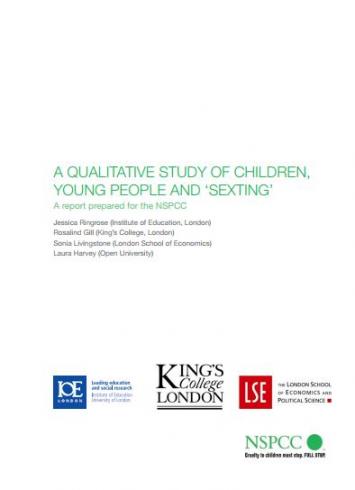The findings reveal that sexting does not refer to a single activity but covers a range of activities experienced by young people.
The top messages from the research are:
- the primary technology-related threat comes from peers, not 'stranger danger'
- sexting is often coercive
- girls are the most adversely affected
- technology amplifies the problem by facilitating the objectification of girls
- sexting reveals wider sexual pressures
- ever younger children are affected
- sexting practices are culturally specific
- more support and resources are vital to redress the gendered sex


